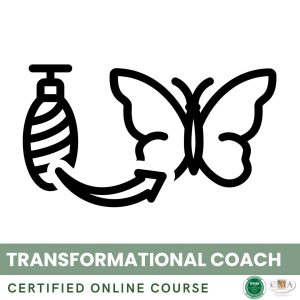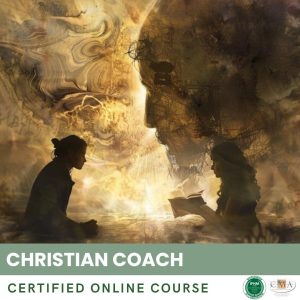Asexual and aromantic individuals constitute an often invisible and misunderstood part of the LGBTQ+ community. Asexuality is defined as an absence or low sexual attraction towards others, while aromanticism refers to an absence or low romantic attraction. Contrary to popular belief, these are not disorders or pathologies, but natural variations within the spectrum of human attractions.
Asexuality and aromanticism are two distinct orientations, which can be combined in different ways. Some people are both asexual and aromantic (also referred to as aroace), others are asexual but not aromantic (they can have romantic relationships without sexual attraction), or aromantic but not asexual (they can have sexual relationships without romantic attraction). There are also numerous nuances within these orientations, such as demisexuality (sexual attraction only after a strong emotional bond) or graysexuality (rare or fluctuating sexual attraction).
Despite this diversity, asexual and aromantic individuals share common experiences of marginalization and invisibility. In a society that values the couple and sexuality as norms, not feeling attracted can lead to misunderstanding or even pathologization. Asexual and aromantic people often face invalidating comments like “you just haven’t found the right person yet“, “it’s just a phase“, “you’re too young to know“. These micro-aggressions deny the reality and legitimacy of their orientation.
This pressure to conform can lead to feelings of isolation and difference. Many asexual and aromantic individuals report a long journey before being able to name their feelings and meet peers. Community spaces like the AVEN (Asexual Visibility and Education Network) forum play a crucial role in breaking this isolation and building a positive identity. Personalities such as comedian Nar Cabico and blogger Julie Sondra Decker also contribute to greater visibility and representation of asexual and aromantic experiences.
Visibility is a central issue for this community, which has long been ignored, even within the LGBTQ+ movements. The Asexual Awareness Week, held every October, helps to make this orientation known to the general public and to deconstruct misconceptions. The flag in black, gray, white and purple, created in 2010 by the activist AVEN, has become a strong symbol of recognition and pride. Podcasts like “Sounds Fake But Okay” provide a space for discussion and representation for asexual and aromantic individuals.
In addition to visibility, the legitimacy of asexual and aromantic relationships and lifestyles is at stake. In a society centered around the couple, the choice to not have a partner or to have platonic relationships can lead to stigmatization. Asexual and aromantic individuals claim the right to build intimacies and life projects outside traditional patterns. Some create chosen families with friends, others engage in domestic partnerships or cohabitations without a romantic or sexual dimension. The goal is to recognize the validity and diversity of these relational configurations.
As an LGBTQ+ coach, it is essential to be aware of these realities in order to better welcome and support asexual and aromantic individuals. This involves not assuming that everyone feels desire or aspires to a romantic relationship. It’s also about referring to relevant resources, like the book “The Invisible Orientation” by Julie Sondra Decker or the site asexualite.org, which offers information and testimonies in French. The goal is to enable each person to live their orientation in a fulfilled and authentic way, without pressure to conform to normative expectations.
Key points to remember:
– Asexuality is an absence or low sexual attraction, while aromanticism is an absence or low romantic attraction. These are not disorders, but natural variations.
– There are numerous nuances and possible combinations between asexuality and aromanticism (aroace, demisexuality, graysexuality, etc.).
– Asexual and aromantic individuals are often invisible and face micro-aggressions that deny their orientation.
– Community spaces like AVEN and figures such as Nar Cabico or Julie Sondra Decker contribute to improved visibility and representation.
– Asexual Awareness Week and the asexual flag are important tools for raising awareness.
– Asexual and aromantic individuals assert the legitimacy of non-traditional relationships and lifestyles (chosen families, platonic partnerships, etc.)
– As a coach, it is important to welcome these experiences without normative presuppositions and to refer to relevant resources.
👉 To download docx (Editable) file click here : Click here
👉 To download PDF file click here : Click here
👉 To download MP3 file click here : Click here







